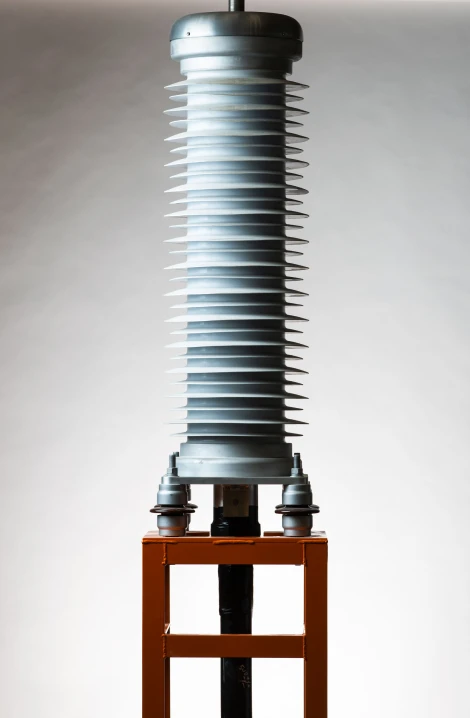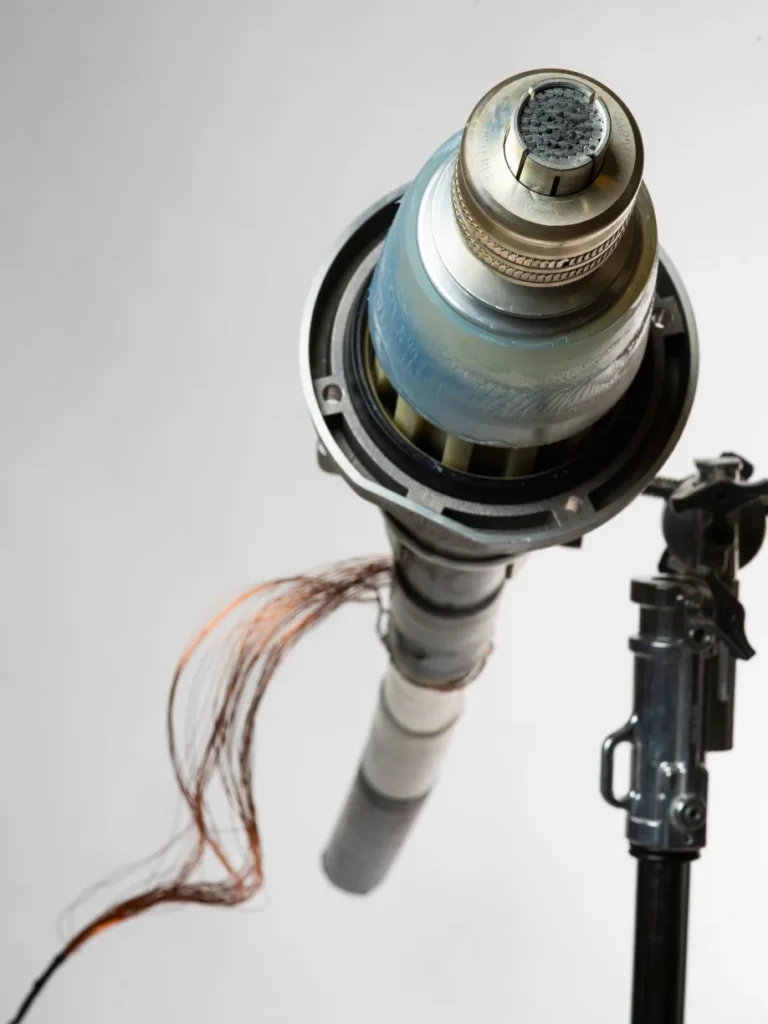The offshore wind industry is transitioning from 66 kV to 132 kV for several key reasons, driven by the need to improve efficiency, reduce costs, and support the growth of larger and more distant offshore wind farms. Here are the main factors behind this shift
Increased Power Capacity
Offshore wind farms are growing in size and capacity, with turbines becoming larger and more powerful. Modern turbines can generate up to 15 MW or more, compared to earlier models that produced significantly less.
Higher voltage systems like 132 kV can transmit more power over longer distances with lower losses compared to 66 kV systems. This is essential for accommodating the increased energy output of modern wind farms. View my High-Voltage Solutions
Reduced Transmission Losses
Higher voltage systems experience lower electrical losses during transmission. By moving to 132 kV, offshore wind farms can transmit electricity more efficiently from the turbines to the onshore grid, reducing energy waste and improving overall system performance.
Longer Distances to Shore
New offshore wind farms are being developed farther from the coast, where wind resources are stronger and more consistent. Transmitting power over longer distances requires higher voltages to minimise losses and maintain efficiency.
132 kV systems are better suited for these longer distances than 66 kV systems.
Cost Efficiency
While upgrading to 132 kV involves higher initial costs for equipment like cables and transformers, the long-term savings from reduced transmission losses and the ability to support larger wind farms can outweigh these costs.
Higher-voltage systems also reduce the need for additional infrastructure, such as substations or cables, which can lower overall project costs.
Grid Integration and Stability
As offshore wind farms contribute more electricity to the grid, higher-voltage systems like 132 kV provide better integration with onshore transmission networks.
They offer improved grid stability and reliability, which are critical as renewable energy sources like wind power become a more significant part of the energy mix.
Standardisation and Future-Proofing
The industry is moving toward standardisation of higher voltage systems to streamline design, manufacturing, and installation processes.
Adopting 132 kV future-proof offshore wind projects, ensuring they can accommodate even larger turbines and more distant locations as technology advances.
Regulatory and Environmental Considerations
Governments and regulatory bodies are pushing for more efficient and sustainable energy systems. Higher voltage systems align with these goals by reducing energy losses and improving the overall efficiency of offshore wind farms.
Conclusion
The shift from 66 kV to 132 kV in the offshore wind industry is a natural evolution to meet the demands of larger, more efficient, and more distant wind farms. It enables the industry to scale up, reduce costs, and integrate more renewable energy into the grid, supporting global decarbonisation goals.


